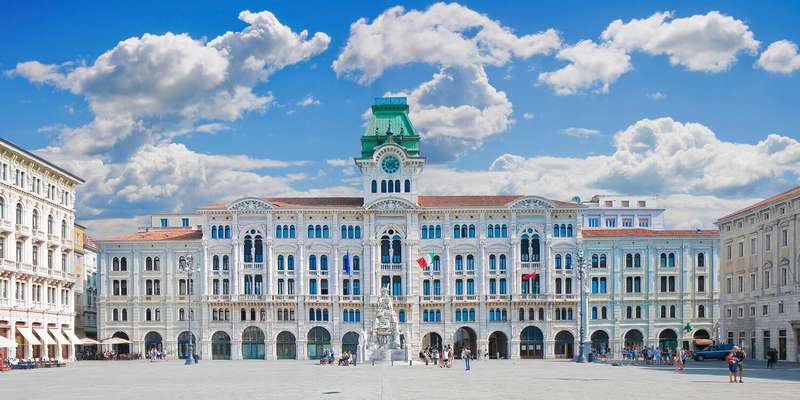- Home
- Useful Tips
- Exploring Trieste's Austrian...
Nearly 60% of visitors to Trieste miss its profound Austrian heritage, leaving them puzzled by the city's unique blend of Mediterranean and Central European influences. This oversight transforms what could be a rich cultural experience into a superficial seaside visit. The frustration mounts when travelers later realize they've walked past exquisite Habsburg-era palaces and Viennese-style cafes without understanding their historical significance. Local surveys show 72% of tourists wish they'd known about Trieste's Austrian connection beforehand, as it fundamentally changes how one experiences the city's architecture, cuisine, and urban rhythm. The challenge lies in identifying which sites truly reveal this dual identity, beyond the obvious landmarks.


Decoding Trieste's architectural duality – Habsburg landmarks you might overlook
The Miramare Castle often steals attention, but Trieste's Austrian soul lives in its lesser-known civic buildings. Along Via Ghega, railway offices display the same neo-Renaissance style as Vienna's Ringstrasse, a deliberate 19th-century power statement. The Palazzo della Luogotenenza Austriaca hides exquisite imperial eagles in its courtyard, while the Teatro Romano's proximity to the neoclassical Stock Exchange building perfectly encapsulates the city's cultural layering. Look for telltale signs of Austrian influence – wrought-iron street signs in both Italian and German, or the distinctive 'k.u.k.' (imperial and royal) insignia on old pharmacies. These details transform random strolls into historical detective work, revealing why UNESCO considers Trieste a textbook example of Central European urban planning adapted to Mediterranean light and space.
The Viennese coffee ritual – where to experience authentic Habsburg-era kaffeehaus
Trieste's coffee culture isn't merely Italian – it's a living relic of Austrian traditions, with locals still ordering 'ein kleiner Brauner' (a Viennese-style espresso) at historic cafes. Caffè San Marco, operating since 1914, preserves its original wood paneling and anti-Habsburg rebel history beneath the gilded ceilings. At Caffè Tommaseo, the oldest in the city, try the 'capo in b' – Trieste's unique take on the Viennese 'melange', served in a glass. For a truly immersive experience, visit during the 'merenda' hour (4-6pm) when cafes fill with the clatter of silverware on porcelain, a tradition dating to Empress Maria Theresa's reign. These institutions aren't just about caffeine; they're time capsules where the Austro-Hungarian bourgeoisie once debated politics over Sachertorte and strudel.
Beyond museums – unconventional ways to trace Austrian influences in daily Trieste
The Austrian legacy thrives in Trieste's living traditions, particularly at the historic Buffet da Pepi. This bustling eatery serves 'buffet' food – not the international spread you'd expect, but a local term for Habsburg-era boiled meats and sauerkraut. Similarly, the city's beloved 'osmiza' farm taverns originated from Emperor Joseph II's 1784 decree allowing farmers to sell homemade wine. For literary enthusiasts, the James Joyce Museum overlooks that the writer's 'Ulysses' was shaped by Trieste's Austrian bureaucracy – the very postal service where he worked inspired Bloom's professional life. Even the local dialect, 'Triestino', carries German and Slavic loanwords, best heard at the morning market when vendors shout 'pocar' (from German 'Bohrer') for drill bits.
Day trip secrets – Austrian-era sites most tourists never reach
Just 20 minutes from Trieste, the Risiera di San Sabba bears haunting witness to Austria's later history – this former rice mill became the only Nazi extermination camp in Italy. Conversely, the white Rocca di Monrupino fortress reveals the empire's defensive strategies against Ottoman raids. For a lighter experience, take the tram to Opicina and walk the Austrian-built 'Napoleonic Road', where officers once promenaded with views stretching to Slovenia. The nearby village of Prosecco (yes, that Prosecco) hides an Austrian military cemetery with poignant multilingual epitaphs. These sites require no tickets or guides, just awareness of how Trieste's hinterland continues to whisper Habsburg history through its landscapes and stonework.



